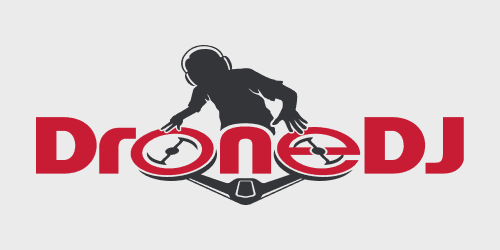
In this latest video from DJI, we see how drones have become an invaluable tool in freeing whales from ocean debris such as lines and fishing nets. The people from Oceans Unmanned have teamed up with the National Oceanic and Atmospheric Administration’s (NOAA) Hawaiian Islands Humpback Whale National Marine Sanctuary and have started to use drones to assess the whale and the way the lines are wrapped around its body. The unmanned aerial systems provide a clear picture of the situation, before they approach the whale, minimizing the risk to the people on board the boat.
People around the world are finding new uses for drones all the time. And of course, DJI likes to show how their products are being used for good in beautiful videos to make people aware of that fact. Short documentaries like this one show that drones can do a lot more than just take nice photos or be noisey privacy invading flying robots.
In this specific case, the National Oceanic and Atmospheric Administration’s (NOAA) Hawaiian Islands Humpback Whale National Marine Sanctuary partnered with Oceans Unmanned to find and free whales from ocean debris such as discarded fishing nets and lines, that when not removed negatively impact the animal’s ability to swim, feed itself and it may ultimately injure or drown the whale.
Ed Lyman who’s been working with whales for over 25 years says that many animals risk being entangled in oceans, including large whales like humpback whales.
“Whales can get entangled in just about anything. It can be fishing gear. It can be Marine debris,” he says. “The impacts are many. It’s in the physical trauma of lines going through flesh. It’s restriction in movement that can drown animals over time, to not allowing them to feed. And they are dragging that gear they eventually succumb”.
To free the whales, who can be as much as 45 feet long and weigh 40 tonnes, from the debris is dangerous work. it is obviously not an easy task to remove the debris while the animals are swimming, as you can see in the video. Over the last 30 years, the team has freed around 1300 large whales without any fatalities, until last summer when one of the team members got hit by a large whale and died from the injuries. And according to Lyman:
“That’s where drones come in. Minimizing your approaches. Give us a different view, an aerial view of the gear, and the animal and its condition. Really more than anything it is just safety. It reduces the risk. Having that drone in the toolbox makes the whole procedure a much safer one.”
The drones are brought in by Matt Pickett, a trained drone pilot and the president of Oceans Unmanned, a non-profit organization that he started five years ago with the idea to bring drone technology to ocean protection.
In the video, Pickett says: “By using drones launched off the response boats or small support vessels, we can get a better look at the whales. Figure out what’s going on, with less risk to both the responders and the whales.”
Photo/video credit: Imagery of whales taken by UAS platforms and those depicting rescue activities were conducted pursuant to and under the oversight of NOAA Fisheries’ Marine Mammal Health and Stranding Response Program (Permit Numbers 932-1905 and 18786.) Permits were issued under the authority of the Marine Mammal Protection Act and the Endangered Species Act.”
STAY IN TOUCH!
If you’d like to stay up to date with all the latest drone news, scoops, rumors and reviews, then follow us on Twitter, Facebook, YouTube, Instagram or sign up for our email newsletter DroneRise, that goes out every weekday morning at 6 am.
If you’d like to help us grow, you can buy your next drone through one of the following links directly from manufacturers, such as DJI, Parrot, Yuneec or retailers like Amazon, B&H, BestBuy or eBay. We will make a small commission and it will not cost you anything extra. Thank you!
FTC: We use income earning auto affiliate links. More.







Comments